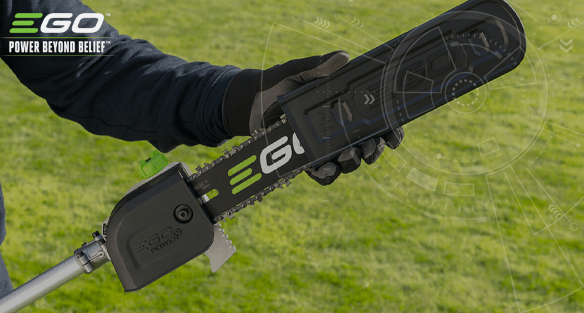Pome - a type of plant that flowers and produces fleshy fruit with a central core which encapsulates a number of seeds. Or, in other words, pears, apples and quinces.
To encourage new growth and more fruit, pruning your pomes between November and March is a must. We guide you through the essentials to this commonly over-thought practice.
Why to prune and why now
Pruning encourages more vigorous, new growth come the following spring. The practice also has a number of other purposes:
- Pruning helps to prevent diseases and funguses from attacking your fruit trees. It increases air flow through the tree, avoiding a moist, congested environment which bacteria and fungus love
- Selectively removing branches in the winter encourages increased flowering the following spring. This in turn produces more fruit
- Pruning the right areas opens up the tree canopy. This allows more sunlight to reach the fruit in the autumn and encourages ripening
From November through to March, the sap falls and the tree enters dormancy. Pruning during this time avoids the tree going into shock, and allows the tree to recover and produce new buds where the cut was originally made.
Practising pruning
Before you start
Before you get started, make sure you are fully prepared and have the right equipment at hand:
- Full PPE, such as gloves, a helmet, goggles/glasses and a high visibility vest
- A ladder, if needed
- A sharp pair of secateurs, loppers or an EGO PSX2500 telescopic pole saw to reach those high branches. Make sure you consult the manual before you use your pole saw.
The principles
A good pruning rule to follow is to first examine your tree and remove any rubbing or crossing branches. After you have removed these - look for dead, weak, damaged and diseased branches and prune these from the tree too.
Now the unnecessary branches are removed, you can start pruning the green, healthy wood. To understand which parts to prune, keep in mind the end result should be an open conical-type shaped tree.
Prune your fruit trees at different levels throughout. Removing just the top of the canopy will make the tree grow too even. What’s more, this practice only encourages growth of fruiting wood in this area, where it is likely out of reach.
What about older trees?
With an older tree you will inevitably question if you should cut off its larger limbs with a cordless chainsaw. The answer is no, do not cut off any large limbs that are more than 4-5 inches in diameter.
Stubs or large cuts in your tree are more prone to decay, which encourages rot and weakens your tree overall.
Points to remember
The essential takeaways before you tackle your apple, pear or quince trees are:
- Find a balance between pruning too hard and not pruning enough - pruning too hard will encourage “water shoots” to sprout, which are less productive for fruit
- Remember, you can always prune more wood off. So, if in doubt, cut conservatively
- Prioritise dead, diseased or damaged wood before tackling the rest of the tree
- When it comes to alive wood, start by removing the rubbing and over-crowded branches
- Wood that is more than 4 years old is less productive than younger wood. To increase your yield of fruit, identify and prune this wood back, leaving the younger branches
Pruning is really not that difficult when you follow the guidance above. Just remember it helps to have the right equipment to hand, such as a cordless pole saw. And keep in mind to refrain from severing large limbs, even if you are eager to use your battery chainsaw!
